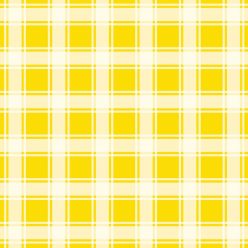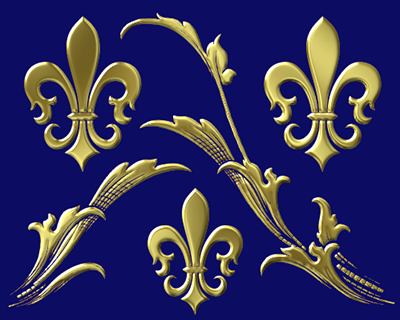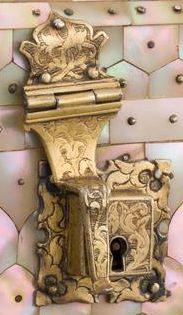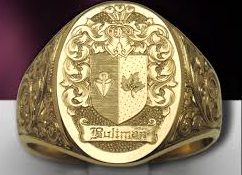It’s so difficult to choose a favorite object! I liked different artefacts for different reasons – the colours, the materials, the stories behind them!
Also, I didn’t get to look at everything in detail as I had to rush off for a quiz back in school. Due to that, I didn’t get a chance to take pictures either!
However, I have some memory from when I visited the ACM a previous time, and I remember that one of the artefacts that caught my eye was this box (I shall make use of the available online database)
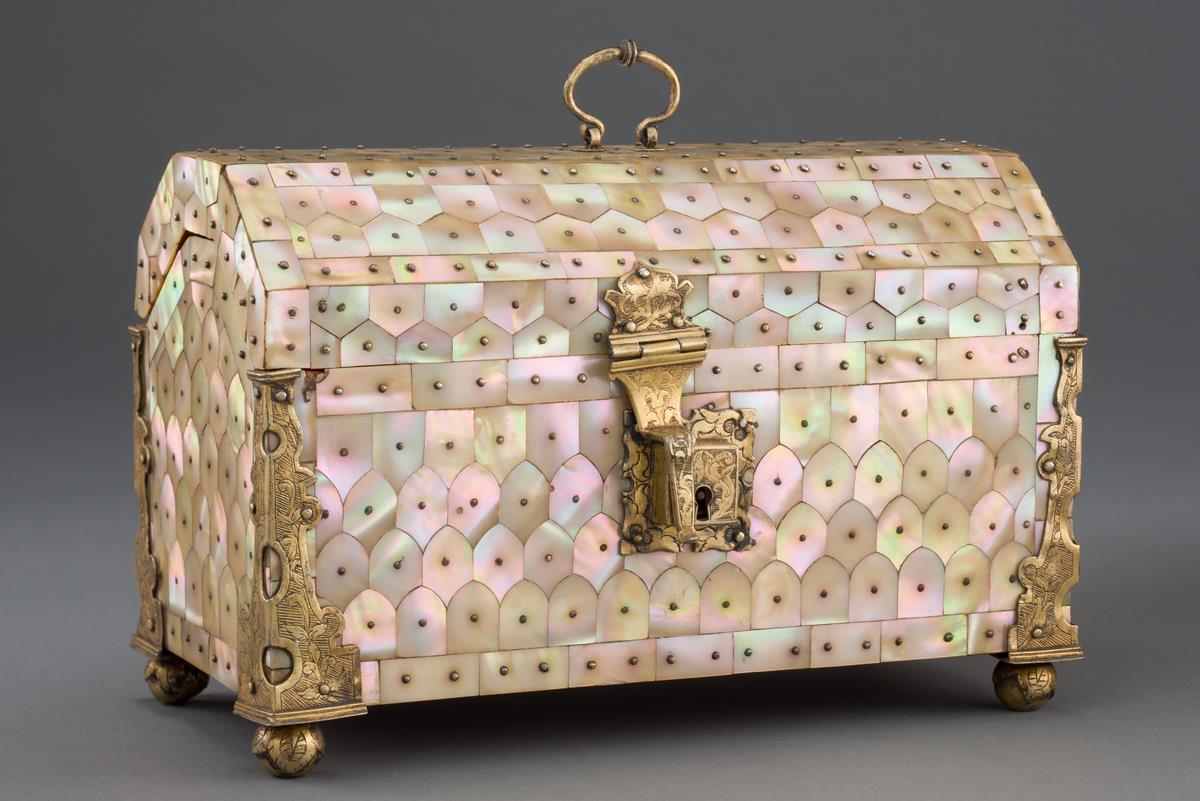
The casket is made of teak and covered with mother-of-pearl plaques held in place by small gilded silver nails. The lock is made with openwork silver, with leaves and scrolls. The central plaque is embellished with engravings and niello, of rich floral motifs. One of the most attractive aspects of this piece is the magnificent quality of the mother-of-pearl plaques which have a natural pinkish-blue hue. The finely engraved gilded silver appliqués on the sides are later added and exhibits a strong European influences. This casket may have been made to store valuables such as jewellery, but were sometimes also used as reliquaries for religious items.
– Roots.sg website
Mother-of-pearl is a natural material that has been used since the earliest human civilisations. Famed for its unique, iridescent lustre, it has been used for various decorative, ornamental or in the past, ritualistic purposes. I personally think that it is a beautiful material, and I’ve always admired the precision and attention to detail on handmade objects/works.
The casket did not seem very Indian at all, due to the patterns and the engravings which are more reminiscent of European motifs, like the fleur-de-lis, that remind me of a coat of arms.
They were probably made by Indian craftsmen who were influenced by European styles, due to the trade relationships, or might even have been commissioned by the Europeans themselves, therefore the styles are adjusted to better cater to the European market, or for upper class Europeans who were living in India at the time.
Overall, I love the intricacy involved in the creation of this casket, and I think that the handmade quality gives it that much more its value.
